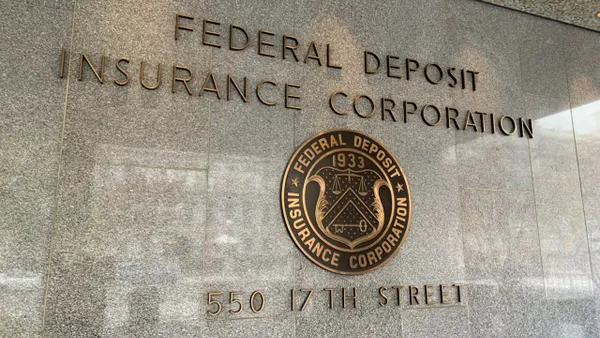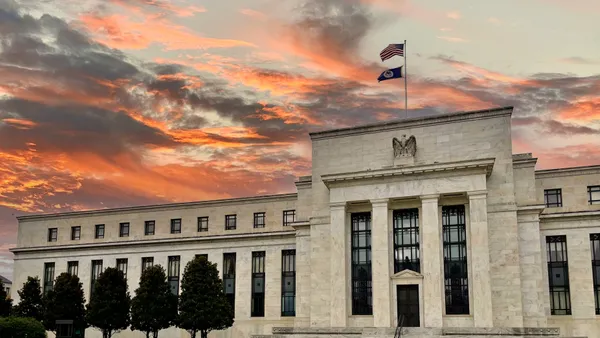Tupelo, Mississippi-based Cadence Bank received an overall “outstanding” rating from the Federal Deposit Insurance Corp. for its performance in relation to the Community Reinvestment Act, the bank reported last week.
Without context, that alone might not be enough to warrant coverage. Fewer than 10% of banks achieve CRA’s highest score, consultant Ken Thomas told American Banker. But that would still encompass hundreds of banks.
Consider, however, Cadence agreed in August 2021 to pay more than $8.5 million to resolve a Justice Department investigation alleging the bank avoided mortgage lending in predominantly Black and Hispanic neighborhoods in Houston between 2013 and 2017.
That settlement, which included a $3 million penalty from the Office of the Comptroller of the Currency, was the last redlining-related resolution before the DOJ, OCC and Consumer Financial Protection Bureau teamed up two months later in a joint effort focused on rooting out discriminatory lending.
An FDIC spokesperson told American Banker the agency's evaluation did not take the OCC’s 2021 penalty into account. Rather, the structure of a merger that year that combined Cadence and BancorpSouth may have helped make the “outstanding” possible. As part of the transaction, BancorpSouth was the surviving entity, but it operates under the Cadence name.
The FDIC spokesperson, indeed, said the 2021 consent order involved a bank that no longer exists, adding that the evaluation period was later than the 2013-17 time frame for which Cadence was penalized.
This is not to say BancorpSouth’s record is spotless. It, too, paid the DOJ, along with the CFPB, to settle allegations of redlining — this time, in Memphis, Tennessee. The $10.6 million settlement came in 2016. The bank’s overall CRA rating fell from "satisfactory" to "needs to improve” shortly after the settlement, but bounced back to "satisfactory" in 2018 and received the same rating two years later.
“This recognition from the regulators is a testament to our unwavering dedication to promoting economic growth and advancing financial inclusion, particularly in low- and moderate-income areas within the communities we serve,” Cadence CEO Dan Rollins said in a statement last week. “Serving these communities is a privilege, and these evaluation results exemplify the profound impact our team members make each day.”
Rollins credited Cadence’s CRA rating, in part, to the work BancorpSouth put in.
"My experience with the regulators is, they look to the acquiring institution,” Rollins told American Banker. "And they obviously were pleased with what we were doing, or they wouldn't have let the merger go through.”
Cadence, for its part, agreed to a five-year, $20.7 billion community benefits plan last year with the National Community Reinvestment Coalition — a deal Rollins said did not factor into last week’s CRA rating. As part of the plan, the bank promised $11.8 billion in mortgages to low- and moderate-income borrowers and people of color.
The full report of the FDIC's evaluation of Cadence is not yet public. That’s expected to surface this summer.
"There's nothing in [Cadence’s community benefits plan] that we weren't already doing," Rollins told American Banker. "This is a team sport, and if the whole team is not doing what they need to be doing, then you won't get an outstanding rating.”












